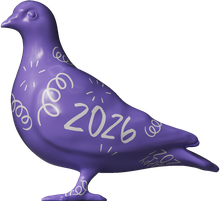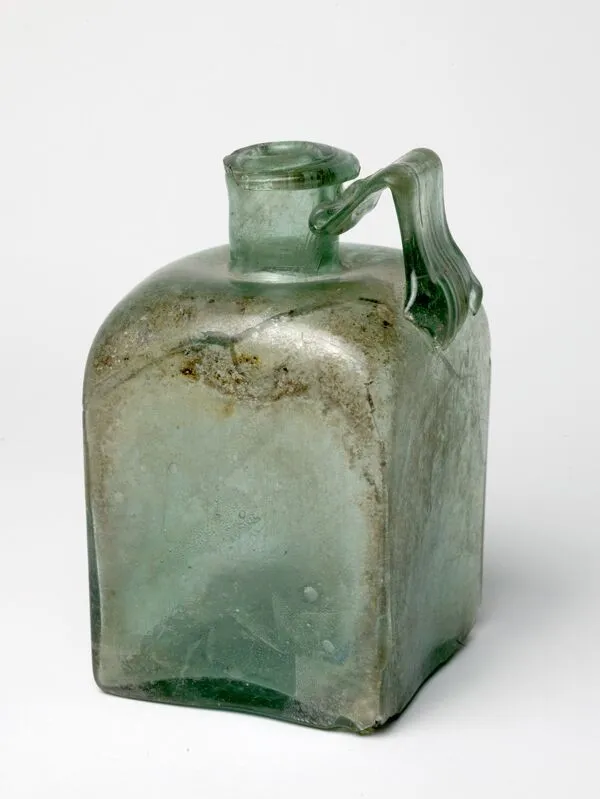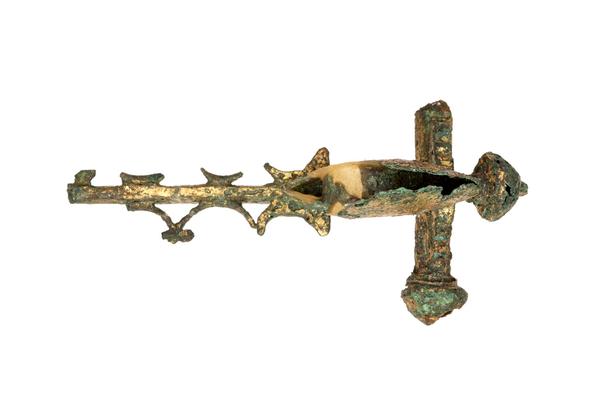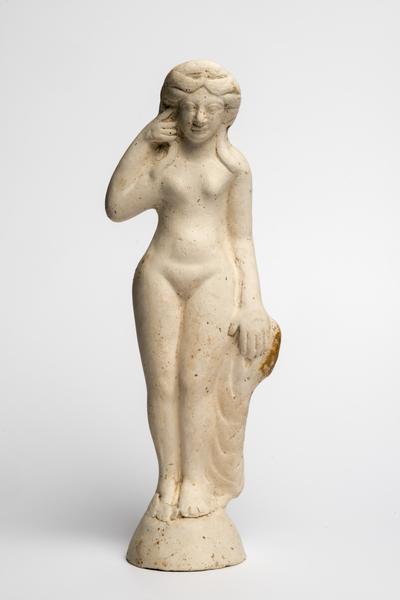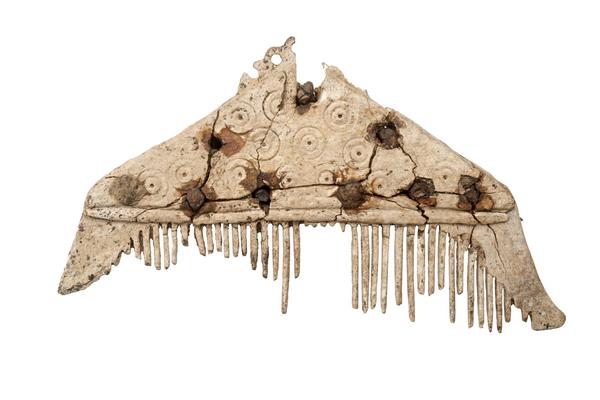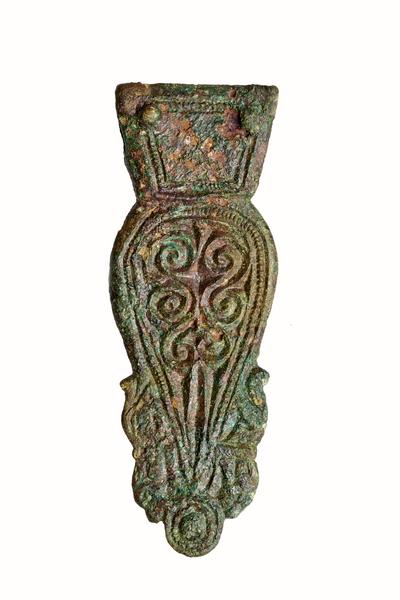The surprising diversity of Roman London
Londinium was a diverse settlement, home to people from across the Roman empire. By looking at their funerals, burials and skeletons, we can understand their backgrounds, and the identities they created here in London.
City of London and Southwark
47–400 CE
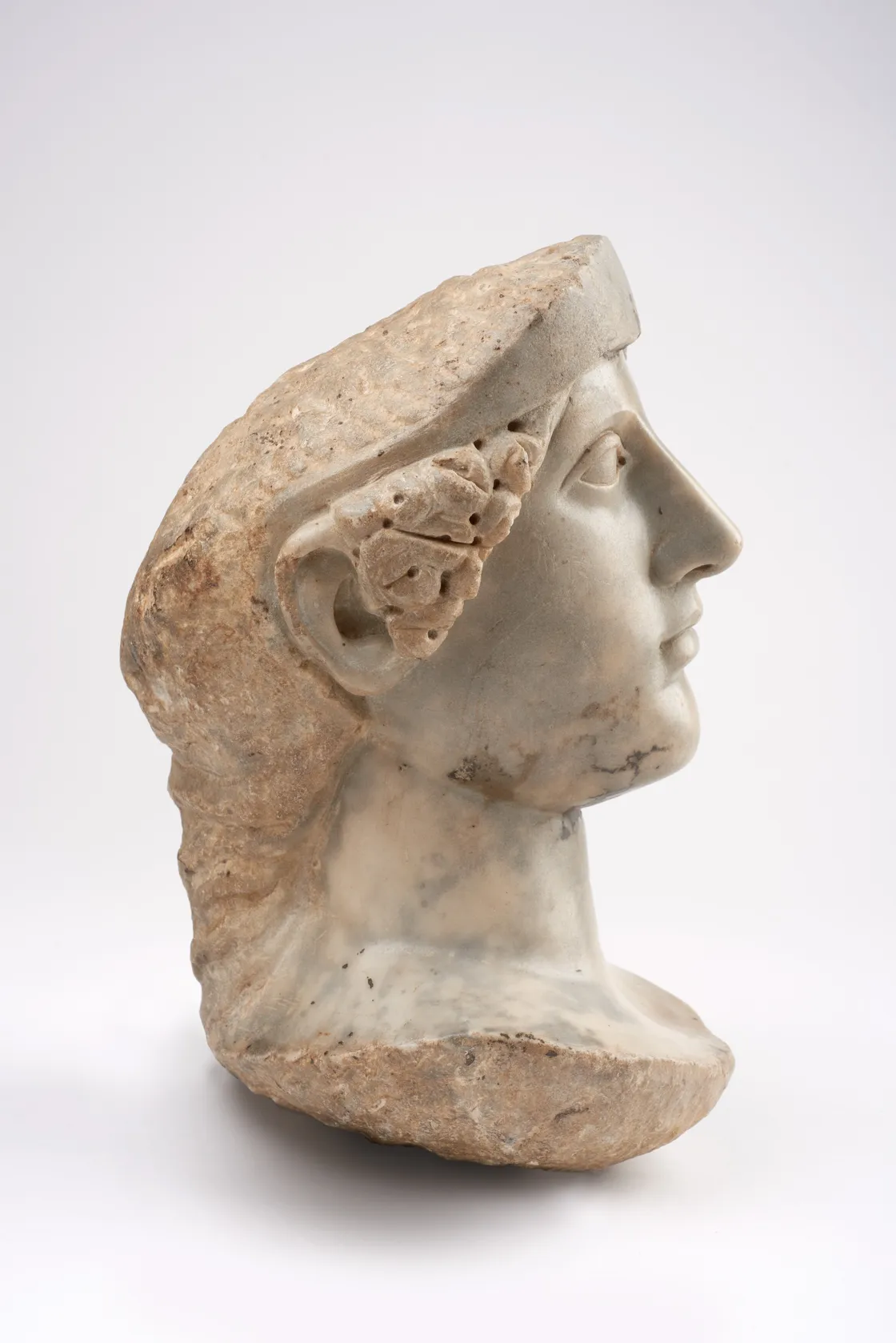
A Roman sculpture of the goddess Minerva found in London.
Together in difference
The Roman empire covered most of western Europe and the Mediterranean, bringing together geographically diverse communities through trade and military conquest.
Some travelled because of their occupation, like soldiers or merchants. Others, such as enslaved people, had no choice.
Roman people often settled and died far from their birthplace. These journeys were recorded on tombstones or memorials, and in the items people carried and wore.
In Britain, where Roman inscriptions are less common compared to other countries, the remains of past people are an independent source of evidence for journeys and migrations.
By studying their skeletons and the chemicals in their teeth and bones, we get clues about where Roman Londoners spent their early childhood, their heritage, and how they lived.
When was Roman London founded?
The Roman settlement of Londinium was established in about 47 CE by merchants and traders, with the support of the military.
By 60 CE, it was described by the Roman author Tacitus as a centre of commerce. We see evidence for this in objects found in north-west Europe and the southern and eastern Mediterranean region.
After Boudica’s rebellion in 60 CE, Londinium was rebuilt and extended over time to include a forum, military fort, amphitheatre and the governor’s palace.
Under Londinium: what the graves can tell us
Cemeteries established in the 1st century CE lined the main roads out of the settlement.
These contained burials and cremations. Most people were buried without grave goods, but several rare and high status burials in lead coffins and sarcophagi have been found – including one in Southwark.
Tombstones reveal that Londinium’s inhabitants included serving and retired military personnel, a merchant from Antioch (in modern-day Turkey) and another man born in Athens, Greece. There is also a dedication by a French citizen which uses the Celtic word moritix, meaning seafarer. He may have been part of a group of commercial travellers from Gaul.
Care must be taken when considering these inscriptions, as in the case of Tullia Numidia. Her name suggests a link to the region of Numidia, which is now part of modern Algeria and Tunisia, but it doesn’t mean that she came from that area of the empire.

This Roman tombstone features a message by a French citizen.
What the bones tell us: archaeological techniques
In order to investigate population diversity, bioarchaeologists use several techniques: forensic ancestry methods, light stable isotopes and ancient DNA.
Forensic population affinity
Forensic population affiliation methods are based on data collected from people who have died within the past 100 years, which we compare to ancient human remains.
The method we chose for research carried out in 2015 is called Macromorphoscopics.This studies the shape of different bones of the cranium, reflecting soft-tissue differences in the living.
However, modern genomic studies have shown there are differences between a person’s genomes, skin colour and heritage. We need to use as many techniques as possible to achieve a nuanced understanding of a person's ancestry.
Light stable isotopes
Light stable isotope analyses are used by archaeologists to study people’s diet and their place of childhood origin.
We analyse chemicals which become incorporated into people’s skeletons and teeth through the foods they eat and the water they drink. Carbon and nitrogen isotopes can give us clues about their diet. And we know where they grew up from analysing dental enamel, and oxygen, strontium and lead in their bones.
Ancient DNA
Ancient DNA analysis provides evidence about haplotypes in people's genes, which differ between populations across the world.
In our research in 2015, we focused on population haplogroups, which are found in a person’s mitochondrial DNA. These are only passed on from mother to child and contain information about a person's genetic heritage.
Archaeological studies have shown that the place of childhood origin does not always match with a person’s ancient DNA, and this is why it is important to study both.

A Roman sarcophagus uncovered in Southwark in 2017.
Diversity in Londinium: the many faces of Roman London
For our research in 2015, we studied the remains of over 50 children and adults who lived in Londinium throughout the Roman period, and discovered many fascinating stories.
As expected, we found several individuals who spent their early childhood in London.
One was a man, over 46 years old, of Black heritage. His burial had been damaged by 19th- and 20th-century construction work. His skeleton had been disturbed and what archaeologists call “truncated”, meaning that only part of his skull, spine and pelvis remained. No grave goods were found.
We were able to investigate his mitochondrial DNA and some aspects of his identity, which revealed that he had brown eyes and brown hair. His maternal haplotype is found in populations across Europe and North Africa, but the stable isotope evidence showed that he had grown up in London.
Another man, also over 46 years old, had white European heritage. He was buried with a large crossbow brooch, used to fasten clothing at the shoulder.
These brooches are often found in burials in military zones, and are believed to show a high social status. He was also buried with a chip-carved belt-buckle, another object associated with the military and imperial administration.
Migration from Europe
We also found people who had travelled to London from mainland Europe, including an adult woman of white European heritage.
She was buried with two large tutulus brooches, an antler comb and a pottery flagon. Like the man with the belt-buckle, these objects have connections to what is now mainland Europe. Her stable isotope results suggest that she may have come to London from Germany.
Not all migrants were adults – one of the people we studied was an eight-year-old child excavated from Bishopsgate. The base of their wooden coffin was covered in a chalk-like substance. Studies suggest that this means that the body had been embalmed.
The child's body was buried with three copper-alloy bracelets, which had been placed by their right ankle, and a fragment of a fine wire chain.
These objects suggest the child originated from Britain, but their stable isotopes show that they had spent most of their life in mainland Europe.
The Southwark cemetery
In our study of a cemetery in Southwark, we were able to study population affinity, childhood origin and for some individuals, their diet.
We discovered that some of those buried individuals were of Black heritage. All appear to have travelled from the southern Mediterranean. None of these people were buried with objects suggesting connections outside of Britain.
Diet can be used to figure out whether people moved around. Different food sources and origins give different chemical signatures.
The analysis of the rib bone from one 14-year-old migrant from the southern Mediterranean showed that they had been living in London for at least five years. The food signatures were local to London, and we know that in adolescents rib bone remodels every five years.
Durham University: Profs. Becky Gowland, Andrew Millard, Janet Montgomery, Darren Gröcke, Dr Lindsay Powell, and Lucie Johnson
McMaster University: Prof. Hendrik Poinar and Dr Katherine Eaton.
Pre-Construct Archaeology: Victoria Ridgeway
Museum of London Archaeology: Michael Marshall
Banda, Y., Kvale, M. N., Hoffmann, T. J., Hesselson, S. E., Ranatunga, D., Tang, H., Sabatti, C., Croen, L.A., Dispensa, B.P., Henderson, M., Iribarren, C., Jorgenson, E., Kushi, .H., Ludwig, D., Olberg, D., Quesenberry, C.P., Rowell, S., Sadler M., Sakoda, L.C., Sciortino, S., Shen, L., Smethurst, D., Somkin C.P., Van Den Eeden, S., Walter, L., Whitmer, R.A., Kwok, P-Y., Schaefer, C., and Risch, N. (2015). Characterizing Race/Ethnicity and Genetic Ancestry for 100,000 Subjects in the Genetic Epidemiology Research on Adult Health and Aging (GERA) Cohort. Genetics, 200(4), 1285-1295. doi:10.1534/genetics.115.178616
Hefner, J.T., 2011. Chapter 9: macromorphoscopics. In: Wilczak, C., Dudar, J.C. (Eds.), Osteoware Software Manual, Volume 1. Developed by the Repatriation Osteology Lab, Smithsonian Institution. Smithsonian Institution: Washington D.C., pp. 66-78.
Hefner, J.T., 2016. Biological distance analysis, cranial morphoscopic traits, and ancestry assessments in forensic anthropology. In: Pilloud, M.A., Hefner, J.T. (Eds.), Biological Distance Analysis: Forensic and Bioarchaeological Perspectives. Academic Press: Cambridge, pp. 297-310.

